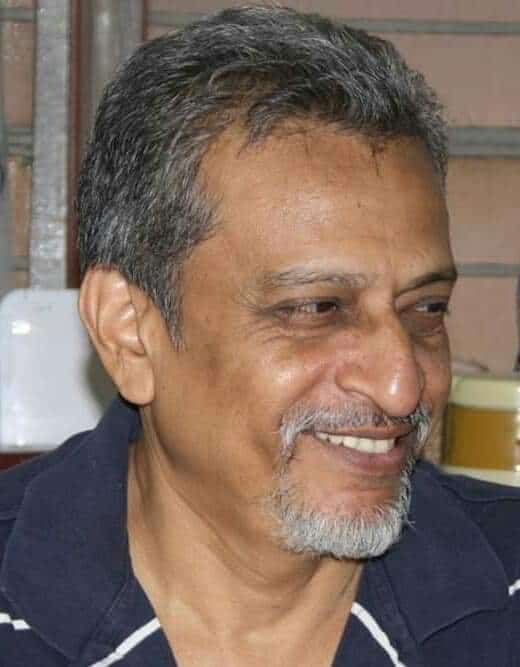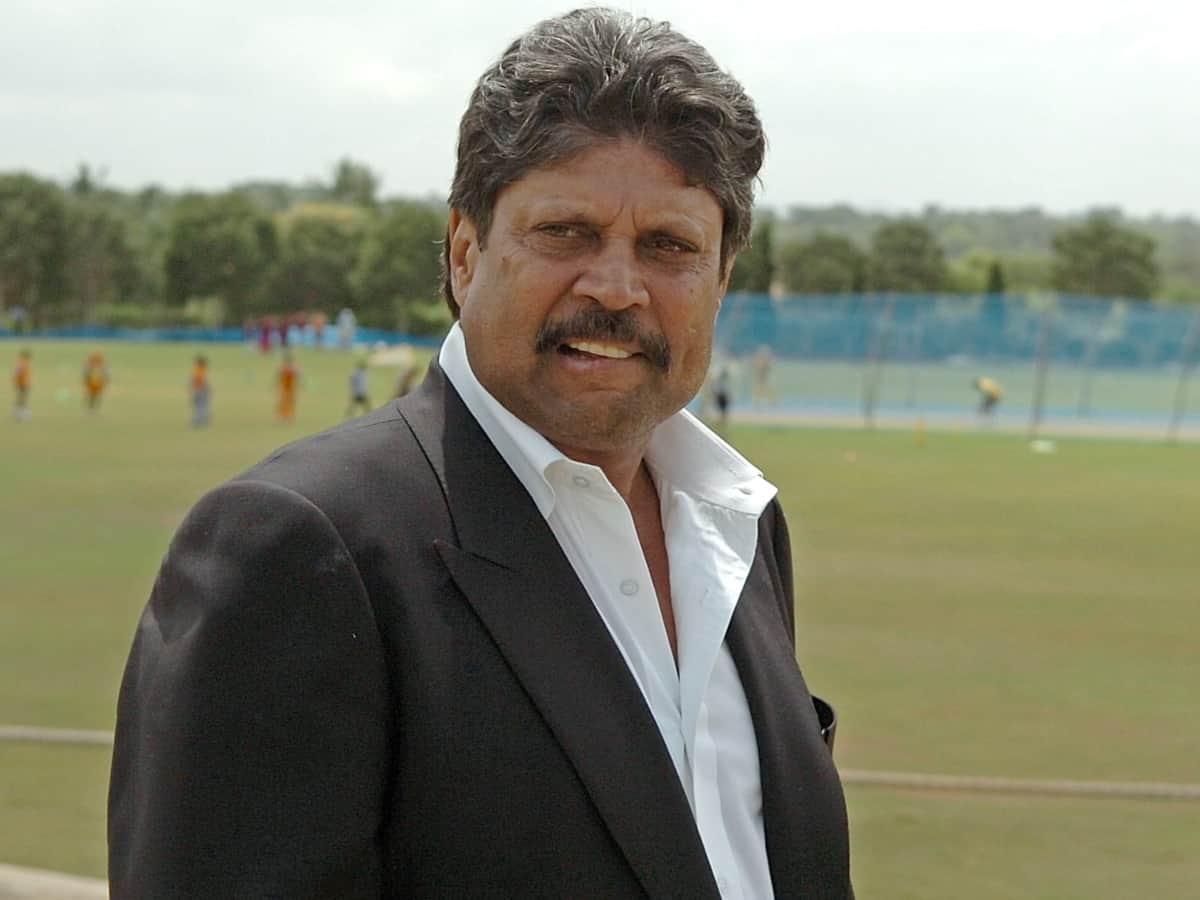
Hyderabad: Whenever we think of cricket players nowadays we think of ultra rich sportsmen. Cricketers earn in crores and so it is no surprise when we read that in his career, Sachin Tendulkar has earned more than Rs.1000 crores, M.S. Dhoni’s net worth is estimated at Rs.826 crores and Virat Kohli’s wealth is $ 26 million, according to Forbes magazine.
Kohli has an A-Plus contract from BCCI which guarantees an income of Rs. 7 crores annually and he gets another $ 20 million from endorsement partners like Audi, Hero, Puma, MRF and others. Even an uncapped player like Krishnappa Gowtham raked in Rs 9.25 crore in the IPL. It is mind boggling how much wealth cricketers amass these days.
But it was not always so. Those who played for India and kept India’s flag flying in the 1980s or earlier got a pittance from the game. In the 1960s players used to earn only Rs.2,500 for a five day Test match. A few months ago Kapil Dev posted on social media the details of the earnings of himself and his teammates shortly after the historic Prudential Cup victory in 1983.
According to the receipt that Kapil Dev posted, the cricketers earned a match fee of Rs.1500 and a daily allowance of Rs.200 per day for an ODI match played on 21st September, 1983. It may seem shocking to young people who were not born then or were too young to know the story behind the lives of the players.
A few players had their private sources of income. For example the Nawab of Pataudi, Mansur Ali Khan, was one of the well to do cricketers. But most players of those days depended upon a steady job to give them their earnings. Cricket fetched them almost nothing. Many cricketers were employed in Banks and depended upon the bank salary of a couple of thousand rupees to see them through.
There are some poignant and moving stories about players who were financially not well off. For example Janardhan Navle who opened the batting for India in India’s very first Test match in 1932 was the son of a farmer and worked as a security guard in a sugar mill. He was a wicketkeeper-batsman with sound skills.
His wicket keeping was excellent. Jack Hobbs compared him with Bert Oldfield and George Duckworth, the two champion keepers of the era. Well known cricket expert Neville Cardus called him “polished” and Wisden wrote that Navle was “a first-rate wicket-keeper, very quick in all he did.
But like his teammates, Navle had to keep body and soul together with whatever earnings he could get from his job. And Navle was a security guard. After returning from England as India’s first ever opening batsman and wicket keeper, he went back to his job as security guard in the sugar mill and took up his position at the gate of the factory.
For members of India’s first ever Test team, it was back to the grindstone after India’s tour of England. For Navle it meant standing at the gate of the factory and discharging his duty as security guard. His last days were not happy. He faded into obscurity. Nobody kept track of him. Some sources say that he managed to buy a small flat while others say that he lived in poverty until his death in 1979.
Kunderan’s fight against paucity of funds
Or take the case of Budhi Kunderan who was India’s top wicket keeper of the 1960s. Well known Congress parliamentarian Sashi Tharoor has said that when he was a child, he was a big fan of Budhi Kunderan. Budhisagar (his full name) was born in the town of Mulki near Mangalore. But he grew up in Mumbai (then Bombay) because his father who was a clerk in Voltas Air Conditioning Company was posted in Mumbai.
Against his father’s wishes, he began playing cricket and became very good at it. He was selected in the Test team against Australia in 1960. But on the eve of the test match he faced a problem. Since the match was being played in Mumbai and he was a resident of the city, as per BCCI rules he would have to stay in his own residence. He would not be allowed to stay in the hotel which was meant only for lodging of players from outside Mumbai.
He was then living in the Bazaar Gate area of Mumbai in a one room chawl with his siblings and his parents. It was hot and noisy in the single room and realising that it was important to get a good night’s rest, Kunderan decided that he would sleep in the open. So he took his pillow and a bedsheet and slept on the parapet wall of the National Health Gym near Azad Maidan.
The next day he reported for action at the Brabourne Stadium and made his debut in Test cricket. In fact that was how he slept for the entire duration of the five day Test match. In the course of the match he kept wickets for a total of 148 overs in which he gave away only 4 byes. And he did it with gloves borrowed from former India wicketkeeper Naren Tamhane because he didn’t have gloves of his own.
Throughout his career Kunderan’s rival for the job of India’s wicketkeeper was the flamboyant Farokh Engineer. Both were from Mumbai and both played in similar fashion. When batting they believed in hitting the ball hard and often. Later in a series against England, Kunderan batted with his usual aggressive flair and created a record.
He thrashed the English bowling to all parts of the field to score 192 with 31 boundaries. This remained a record for the highest score made by any Indian wicketkeeper until M.S. Dhoni broke it many years later. Kunderan aggregated 525 in that series. It was the first time that a wicketkeeper had scored more than 500 runs in a single Test series.
But financial difficulties continued to plague him and his teammates. Indian players were given very meagre allowances when on tours overseas. The allowances were so poor that players couldn’t afford to eat at hotels. Instead they had to look for food at coffee shops, pubs and roadside eateries. Kunderan was one of the outspoken players who did not hesitate to criticise the way the players were treated. He felt that the BCCI could do more to help the players.
While most players kept quiet for the sake of their careers, Kunderan was as brave with his words as he was with his shots on the field. But his outspoken nature made him an unpopular figure in the BCCI. Eventually he was dropped from the side when he could have still played for a few years more.
But such was the life of a cricketer back then. On the field they had to tackle top class rivals and off the field they had to tackle the difficulties caused by meagre financial earnings. The present day players are lucky that at least the financial problem does not trouble them any more.
Abhijit Sen Gupta is a seasoned journalist who writes on Sports and various other subjects.

